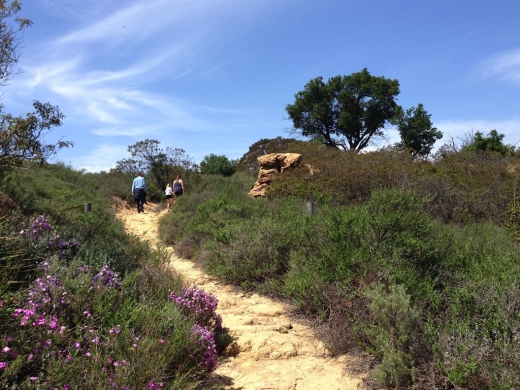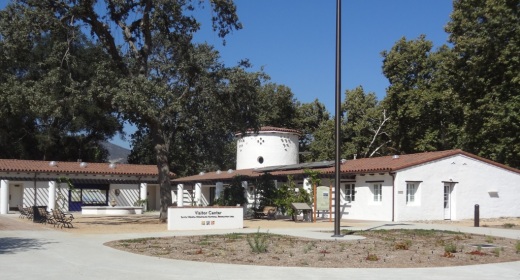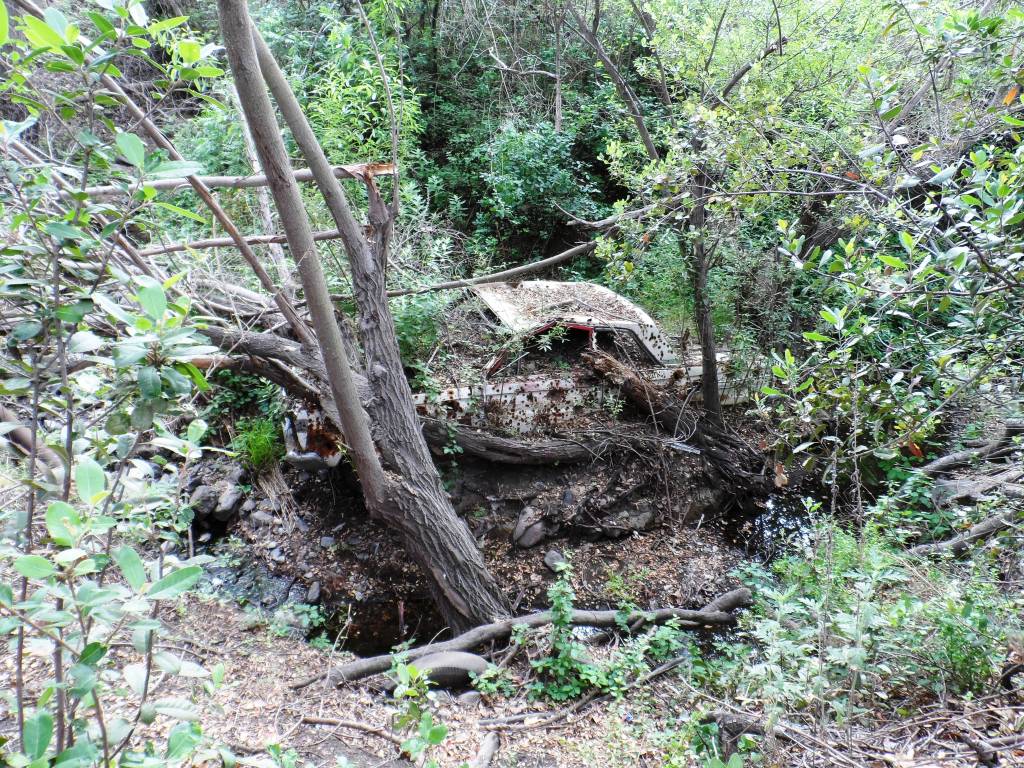Charmlee Wilderness Park in Malibu
/Charmlee Wilderness Park is a 532 acre park located at 2577 Encinal Canyon Road in Malibu, just 15 miles from the Conejo Valley. It is located within the Santa Monica Mountains. There are over eight miles of hiking trails, a nature center, picnic areas and more. Park hours are 8 a.m. to sunset and the nature center is open on weekends from 8 a.m. to 5 p.m. (or dark, whichever comes first). Parking is now free of charge.
Visit www.malibucity.org/561/Charmlee-Wilderness-Park for more information.
To get there from the Conejo Valley, take the 23 (Westlake Boulevard/Decker Canyon Road) toward the ocean and turn left on Lechusa Road. Continue on Encinal Canyon Road and look for the sign on the right.
Photos below courtesy of Suzy Demeter Photography.































































